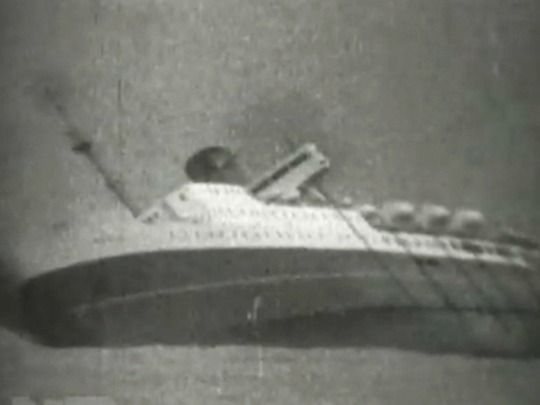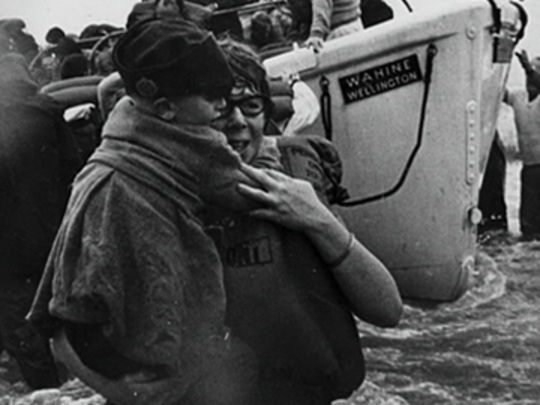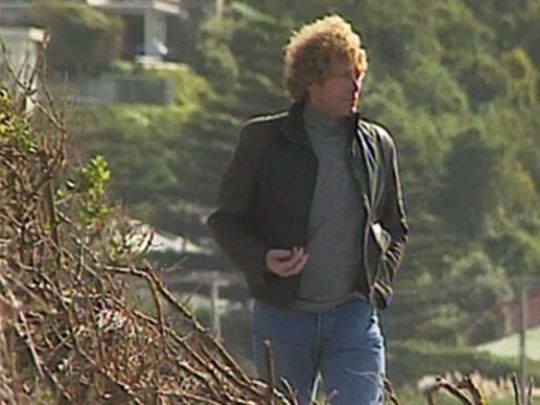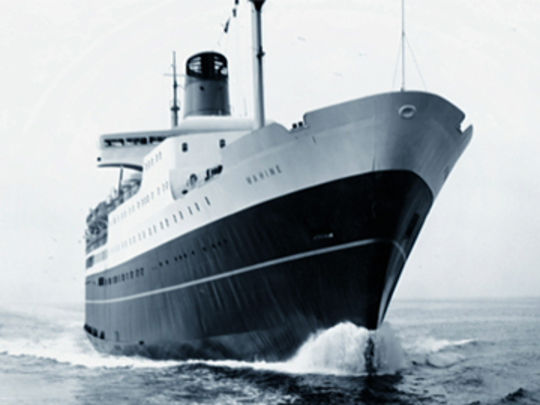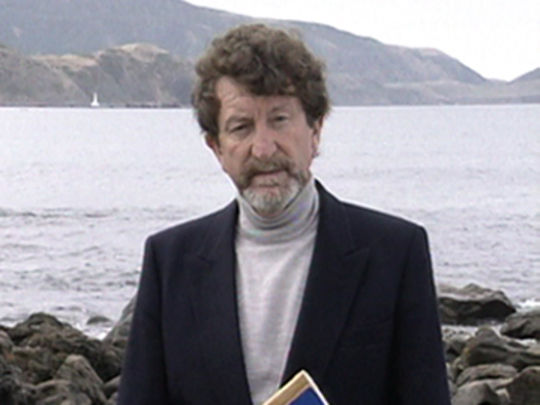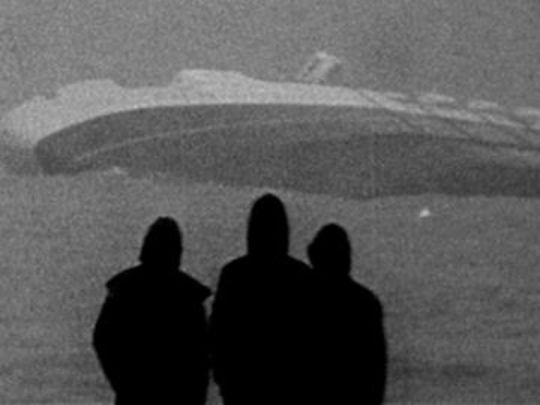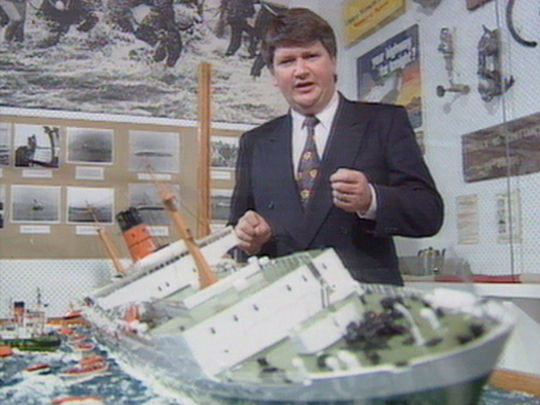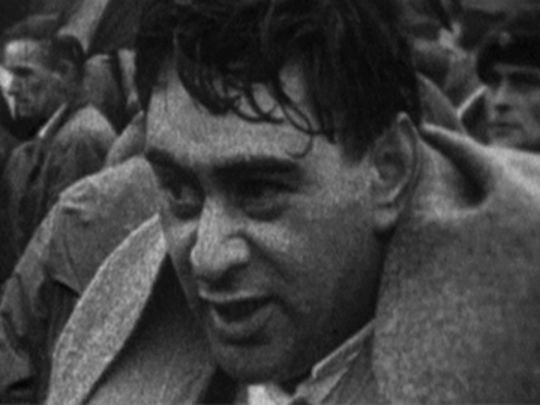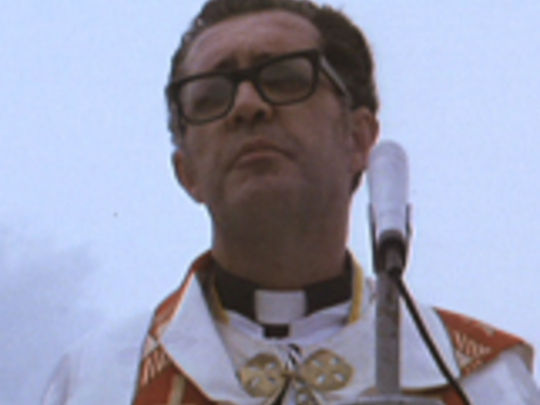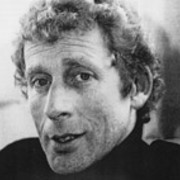The Wahine Disaster
The Wahine - Old Men Forget
Revisiting that April day in 1968 is inevitably an emotionally mixed journey. The lives that were ended, shattered or changed can still haunt us. Time may have diffused their ghosts, at least for those who didn’t know the pain of personal loss. Perhaps because it was Wellington, the brutality of the weather was discounted. The tree through my roof, flying stones big enough to maim and the cab drivers insisting on the protective weight of more than one passenger made it an unusual morning, but not yet catastrophic.
For the record and some context, Martin Luther King had been shot only four days earlier. Bobby Kennedy’s assassination was just months away. The Tet Offensive had all but made Vietnam unwinnable for the Americans and their allies like us. So how do our 51 accidental dead stack up against the victims of the disasters that have kept coming for the last 50 years?
Whether in personal memory or through the images of the NZ On Screen memorial collection, any nostalgia is at best bittersweet. As ex-cameraman Roger Johnstone reminds us in I Was There, we were then a polite and reticent medium. We didn’t do much foot-in-the-door reporting. We turned away from personal grief and the invasion of privacy. Among my many confronting flashbacks from that afternoon is one of a child – not much more than a baby – being worked on in the back of an ambulance. But filming such a scene wasn’t even considered.
With the hindsight of half a century I do however have some journalistic regrets. I wasn’t supposed to be there. We were a Town And Around team, not news. The vagaries of NZ Broadcasting Corporation staffing meant the camera crew was from the National Film Unit. The cameraman was a 20-year old Gary Cunningham, who would be murdered at Balibo in East Timor seven years later. We were on Seatoun Beach by our own volition and had been forced to ignore well-meaning individuals manning the roadblocks. We also had something no other crew had – a dry, working sound camera. We should have – I could have — shot a lot more material.
A more general disappointment elicited by the NZ On Screen collection is about the near criminal neglect with which television treated its obligation to history and archival preservation. The problem, more low-lighted than high, was the NZBC’s decision to shoot its newsfilm on a nasty Kodak stock called Viscomat. It was an administrative and cost convenience. That it was discontinued only two years after the Wahine disaster underscores its apparent capacity to fade fast. And that wasn’t the only problem.
When I delivered our footage to a somewhat frantic newsroom in Wellington's Broadcasting House, there were two editors in the cutting room. One was Kerry Rudman, the other the legendary, later to be Oscar-nominated Mike Horton. Horton was also a volunteer. He worked elsewhere in the system and had wondered if news might need a hand. We still share the occasional grizzle about both Viscomat and the corporation’s posterity be damned attitude. That day, as ever, a lot of film ended up on the floor. It wasn’t collected or catalogued. Even items that went to air were usually paper-bagged and condemned to a room for the lost and lonely. The dedication of the news librarians couldn’t ultimately save the future. It's therefore something of a miracle how much material survives.
I’m inevitably familiar with much of the footage gathered in the anniversary compilation. Many of the key players who appear are, or were, friends and colleagues. Yet there are some delights of which I was totally unaware. Among them the NFU retrospective film, Wahine Day. It makes what would have been an unusual, even courageous, attack on the day and its legacy. I wrote or co-wrote three feature films for and with John Reid. But I never knew he’d once appeared as the man striding along Seatoun Beach, demanding some answers to the disaster that dominated that sad day.
There were of course triumphs too. As well as the individual acts of bravery and self-sacrifice, the overall impact of the collection catches a certain innocence. We didn’t always know what we were doing but we did it with some humanity, persistence and decorum, however naive.
A decade later I was employed to write the voice-over script for John Keir’s Flight 901 – The Erebus Disaster. I sometimes think about the dignity Captain Gordon Robertson, the Wahine’s master, was afforded by the media and the official inquiry, compared with Air New Zealand and even Robert Muldoon’s savagery in blaming Captain Jim Collins alone for the Erebus crash.
I’m haunted by one other image from that bad day on the beach. It may give a sliver of insight into the way we once were, and were soon not to be. Standing alone looking out towards the dead ship and the straggle of survivors coming ashore was another young cameraman. The rain had killed his camera long since. But it wasn’t rain streaming down his cheeks. It was tears.
- Keith Aberdein was one of the NZBC reporters who interviewed survivors of the Wahine Disaster on the day. He went on to write scripts for a run of dramas including The Governor and Utu. He also acts in classic movie Smash Palace.
